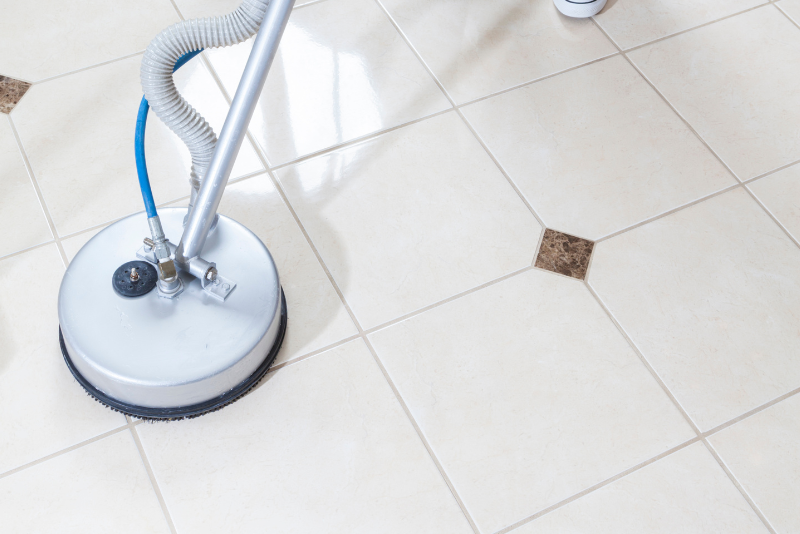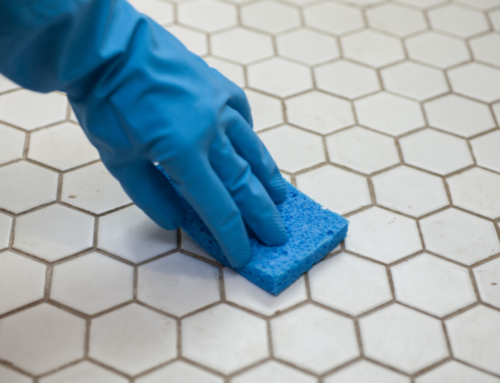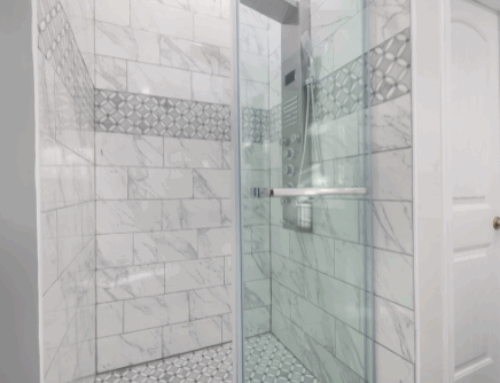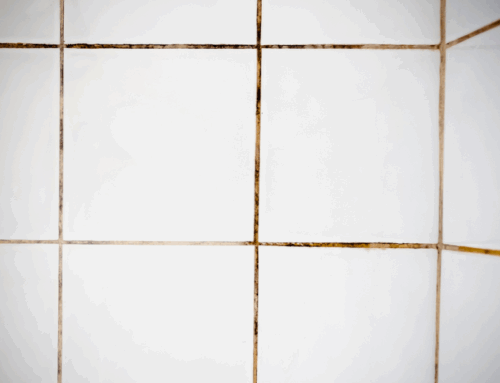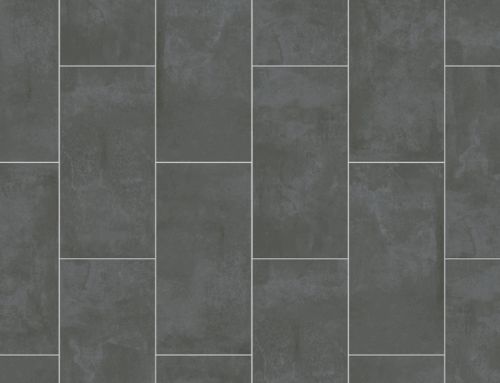You booked a professional tile and grout cleaning—nice move. Now the question is: how do you keep the results looking great without turning maintenance into a second job? Below is a general, non-technical timeline you can adapt to your home. It isn’t a step-by-step DIY guide or product recommendation; it’s a practical framework to help you protect the clean you just invested in.
Day 1–3: Protect the Fresh Start
- Light traffic, clean shoes: On newly refreshed floors, keep early foot traffic light and avoid gritty shoes that can reintroduce fine soil.
- Dry first: For bathrooms and showers, encourage airflow after use. Good ventilation helps surfaces dry between uses, which supports a cleaner look.
- Spot wipes only: If drips or splashes happen, a quick wipe prevents early residue from forming visible rings or lines.
First Week: Set the Routine
- Dry dusting: A microfiber dust mop on floors or a soft cloth on counters lifts fine particles before they bond with moisture.
- Bathroom basics: After showering, run the exhaust fan and leave the door open for a bit. A few minutes of extra airflow can make a visible difference over time.
- Entry mats: Place walk-off mats inside and outside doors to capture sand and grit common to the Treasure Valley’s seasons.
Weekly: Gentle Care Wins
- Low-effort freshen-ups: Wipe counters, backsplashes, and floor traffic lanes with a damp (not soaked) microfiber. Avoid harsh abrasives that can dull tile or scuff grout.
- Focus on “splash zones”: Kitchen prep areas and powder rooms collect fine film more quickly. A quick weekly pass keeps buildup from becoming “elbow-grease required.”
- Mind the moisture: In showers, squeegee glass/tile and let ventilation continue after use to discourage soap scum and mineral spotting.
Monthly: Check High-Use Areas
- Visual once-over: Look for traffic patterns reappearing, especially near cooking zones and main hallway tiles.
- Edge details: Inspect corners, baseboards, and around fixtures. Subtle residue collects where mops and cloths don’t quite reach.
- Bath refresh: If you see early spotting in the shower, it’s often easier to address it now than months later.
Seasonal: Boise-Specific Considerations
Our dry summers and snowy winters bring dust, de-icer, and hard-water residue. A seasonal reset can help:
- Spring: Post-winter floor wash to remove fine grit tracked inside.
- Late Summer: Address shower film and patio-door traffic lanes before fall weather arrives.
- Late Fall: Put mats back into heavy rotation ahead of holiday guests and winter precipitation.
Why Sealing Helps Appearance Between Cleanings
Sealing grout creates a protective barrier that helps resist moisture and stains, making routine freshen-ups more effective. If you’re unsure whether your grout is currently sealed—or which approach makes sense for your tile—our team can walk you through the options in simple terms.
Small Habits, Big Results
- Airflow: Keep humidity in check in bathrooms with consistent fan use after showers.
- Gentle tools: Soft cloths or microfiber pads help maintain the look of both tile and grout.
- Quick response: Wiping spills sooner reduces the chance of visible rings or film.
Explore Related Services & Tips
Curious how professional cleaning pairs with sealing or want some maintenance pointers? Start here:
Professional Grout & Tile Cleaning |
Helpful Tile Floor Maintenance Tips

